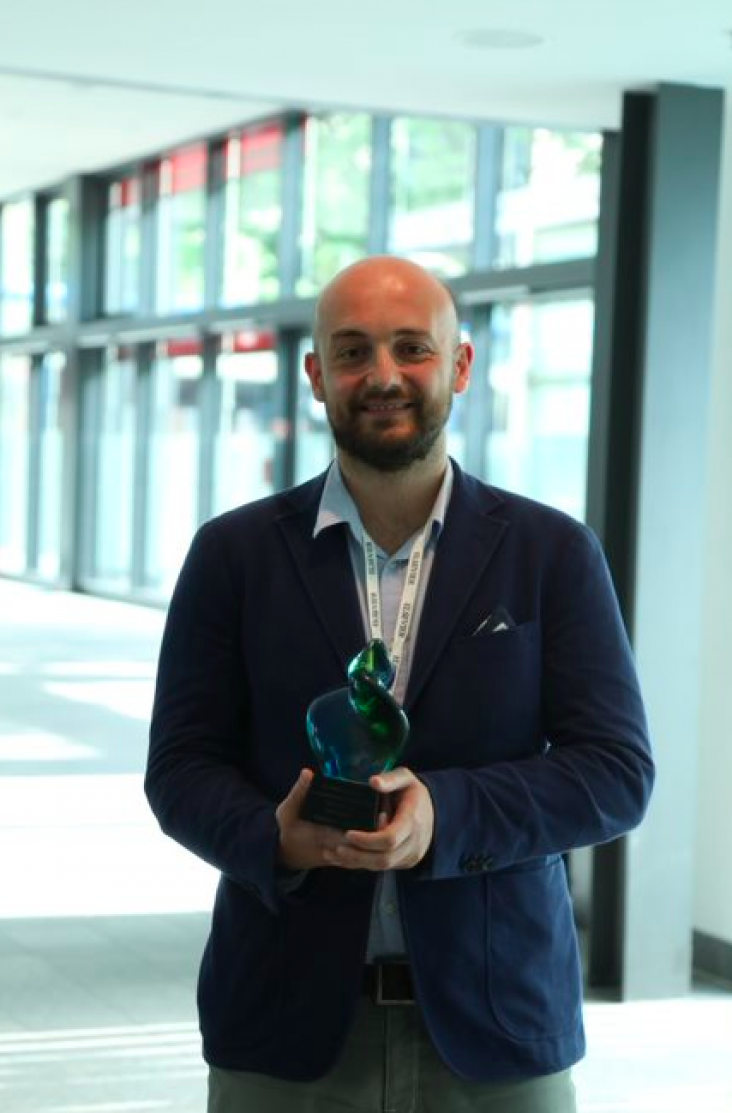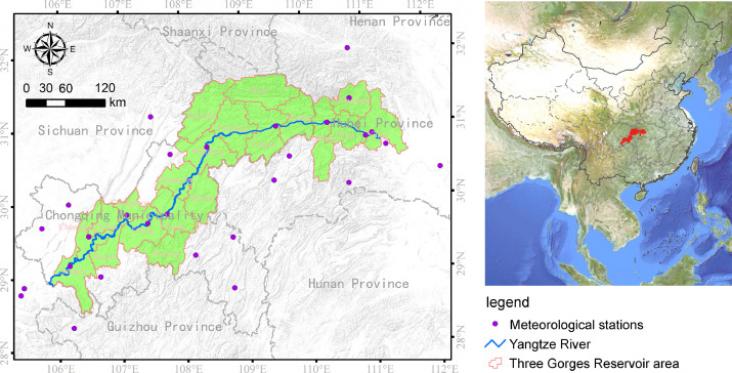Elsevier,
Global Food Security,
Volume 27,
2020,
100442,
ISSN 2211-9124,
https://doi.org/10.1016/j.gfs.2020.100442.
This paper provides an overview of children and adolescents’ diet. Food systems need to be redesigned to improve diet quality in children 0-19 years in order to address the multiple burdens of malnutrition. Data systems also need to be strengthened to track data quality among children. This article advances knowledge on SDG 2 and 3.
This paper describes the relationship between agriculture, food supply chains and children’s and adolescents’ diets and their food accessibility, advancing knowledge on SDG 2, zero hunger.
This article supports SDG 2, SDG 3 and SDG 15 by highlighting the win-win solutions for national parks to both protect nature and improve local people's wellbeing.
The dichotomous divide between vegetarians and omnivores seems clear: Omnivores eat meat, whereas vegetarians do not.
Entomophagy is increasingly seen as a potential solution to provide a sustainable source of protein. However, the attitude of Western consumers towards insect-based products is generally negative.
Food production entails a series of steps and operations that convert raw biomass into final products suitable for human consumption.
Viticulture is a valuable sector worldwide with an extraordinary socio-economic impact in Spain.

In 2018, Dr. Alessio Adamiano, a researcher for the Italian National Research Council at the Institute of Science and Technology for Ceramic Materials, was awarded the second prize of €25,000. Contributing to SDGs 2, 13 and 14, his project, “Phos-Fate: Empowering fishing communities for climate change”, demonstrated how phosphorous can be recycled in a simple, scalable way by converting fish bones into products such as fertilizers. Two years later, we interviewed Dr. Adamiano about his experience at the Challenge, as well as the upcoming steps for his project empowering fishing communities for climate change.
Agriculture consumes huge amounts of water in China and is profoundly affected by climate change. This study projects the agricultural water use towards 2030 under the climate change mitigation target at the provincial level in China by linking a computable general equilibrium (CGE) model and a regression model.

Climate, land use and land cover (LULC) changes are among the primary driving forces of soil loss.
